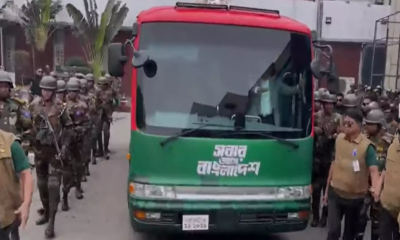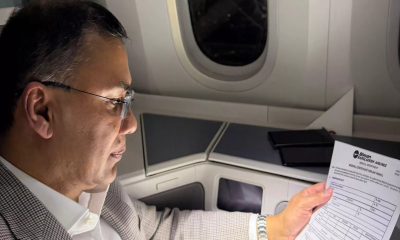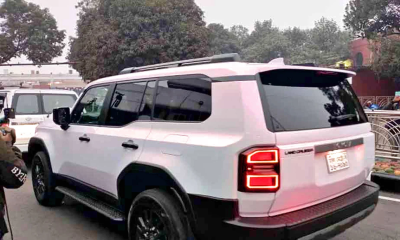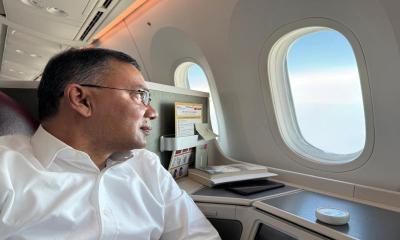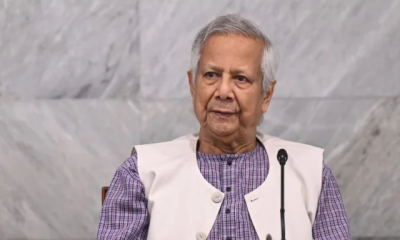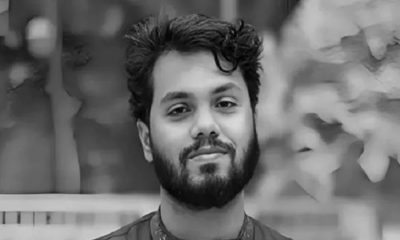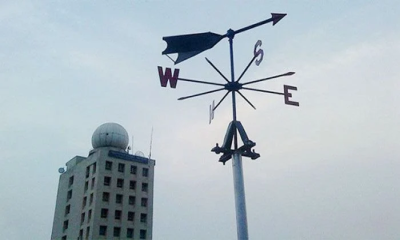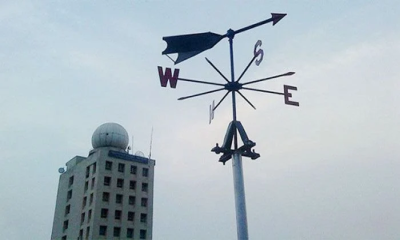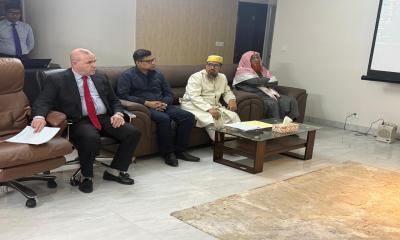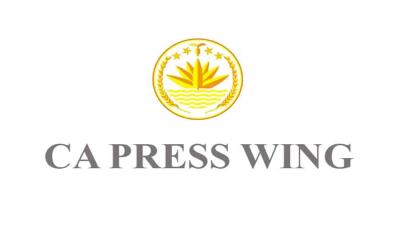US Defense Secretary Lloyd Austin urged allied defense leaders Tuesday to “dig deep" and provide more air defense systems for Ukraine to help it block increasing barrages of Russian missiles, even as debate grows in Congress over aid to Kyiv.
But while the allies said they will discuss how they can best help Ukraine`s counteroffensive in the coming winter months, they appeared no closer to commitments on the longer-range missiles that Kyiv`s leaders insist they need as they struggle to retake land gained by Russia earlier in the conflict.
“Air defense is saving lives,” Austin said. “I urged allies and partners to dig deep and donate whatever air defense munitions they can as Ukraine heads into another winter of war.”
Speaking at the close of the meeting of the Ukraine Defense Contact Group at Ramstein Air Base in Germany, Austin said allies have done a “credible job” of getting some air defenses to the war, “but there’s much more work to be done. And that’s the message that we conveyed to our colleagues earlier today. And I have every belief that they will go back and dig a bit deeper.”
He and Army Gen. Mark Milley, chairman of the Joint Chiefs of Staff, said the key is to prepare Ukraine to continue to make progress over the coming winter months. The three priorities, Milley said, are air defense, artillery and mechanized armor that can move over frozen ground.
Austin said he challenged the ministers to look into their stockpiles of 155-millimeter ammunition, which Ukraine has been using at a rapid rate.
The group is made up of the defense and military leaders from more than 50 nations and is the main forum for raising contributions of weapons, other equipment and training for Kyiv’s war effort. It meets about once a month, in person and virtually, and this is the 15th gathering.
President Volodymyr Zelenskyy and other Ukrainian leaders have long pushed for the longer-distance weapons. Proponents have argued that Ukrainian forces need to be able to strike Russian troops and facilities while staying out of range.
But the U.S. has balked, expressing longstanding worries that Kyiv could use the weapons to hit deep into Russian territory and enrage Moscow. The Army Tactical Missile System, known as ATACMS, could give Ukraine the ability to strike Russian targets from as far away as about 180 miles (300 kilometers), but the U.S. also has other variants of the missile that have a shorter range.
Speaking before the meeting began, Bill Blair, the Canadian defense minister, told reporters the allies are listening to Ukrainian leaders` descriptions of their military needs and are discussing “new and important ways” to help bolster the ongoing counteroffensive.
Austin said the 31 M1 Abrams tanks promised months ago will soon begin arriving in Ukraine, as expected. A defense official said they have arrived in Europe and will begin crossing the border into Ukraine within the coming days. The official spoke on condition of anonymity because the precise location of the tanks is sensitive.
Ukrainian troops began training on similar tanks in June, while the ones arriving soon were being refurbished in the United States.
Defense leaders are working to maintain what they say is unbowed support of Ukraine, despite growing worries that public and international government backing for the war, which is well into its second year, may be starting to wane.
Milley pushed back against suggestions that progress is too slow, saying the Ukrainians have made it clear that they intend to fight through the winter when the muddy fall ground freezes. Russia was able to greatly shore up its defenses last winter as fighting slowed.
“For the critics that are out there, I would say that there’s plenty of fighting weather left, there’s plenty of combat power remaining, and the Ukrainians have absolutely no intent to stop,” Milley said. He said this is real war and Ukrainian forces are carefully pushing their way through tough Russian defenses and minefields.
Zelenskyy will be in Washington later this week to meet with President Joe Biden and congressional and Pentagon leaders in an effort to shore up support for continued American funding and weapons. The visit comes as there is a growing partisan divide in Congress over the funding.
Republican House Speaker Kevin McCarthy has told reporters that he wants aid for Ukraine to be debated on its own merits as a standalone bill, rather than attaching it to other government funding. But Senate leaders want to combine the aid with other priorities, such as a short-term spending bill that will likely be needed to avoid a government shutdown at the end of September.
Nations have been pouring millions of rounds of artillery and other weapons into Ukraine, but worry that their stockpiles are shrinking and the defense industry is struggling to boost production lines. At the same time, Ukrainian forces have been making slow progress breaking through Russian battle lines in a counteroffensive that has not moved as quickly or as well as initially hoped.
“Ukraine’s recent gains also hinge on the crucial capabilities provided by the members of this Contact Group," Austin said at the Ramstein opening. "And our shared commitment will be vital during the current battles — and for the long road ahead.”
Meanwhile, other allies pledged money and weaponry. In a three-way deal, the Czech Republic said it would arm Ukraine, and Denmark and the Netherlands would provide financial support. The Czech Defense Ministry said it would send tanks, howitzers, armed vehicles, air defense systems, ammunition and others weapons in coming months.
Norway said it will donate approximately 50 tracked cargo carriers to Ukraine to help get supplies to areas without roads.
The Ramstein meeting is Milley`s last as Joint Chiefs chairman. He will retire at the end of the month, at the close of four years on the job.


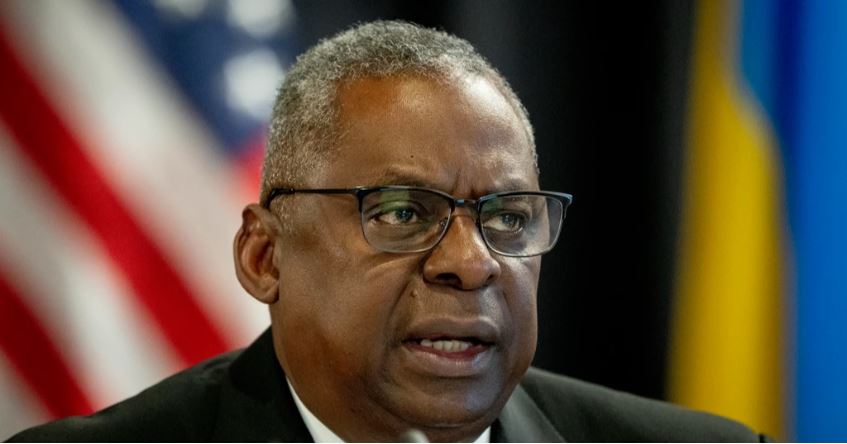


-20251226062607.webp)
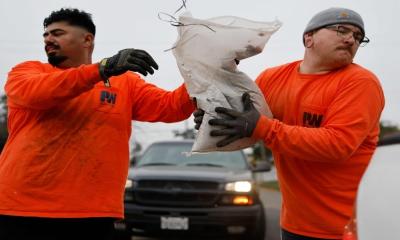
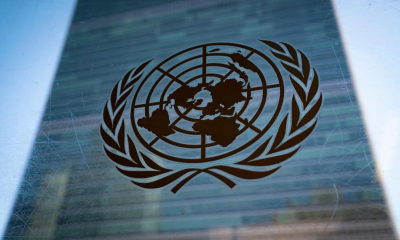
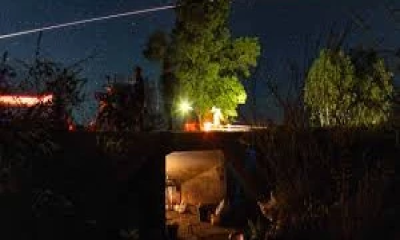
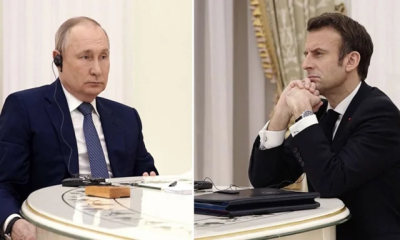
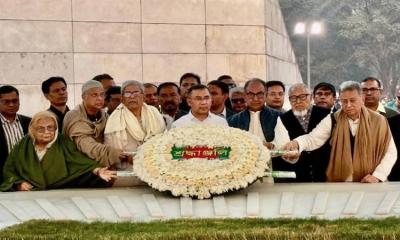
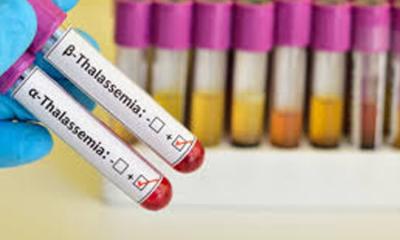


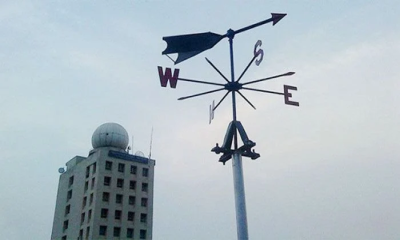
-20251226051932.jpeg)

